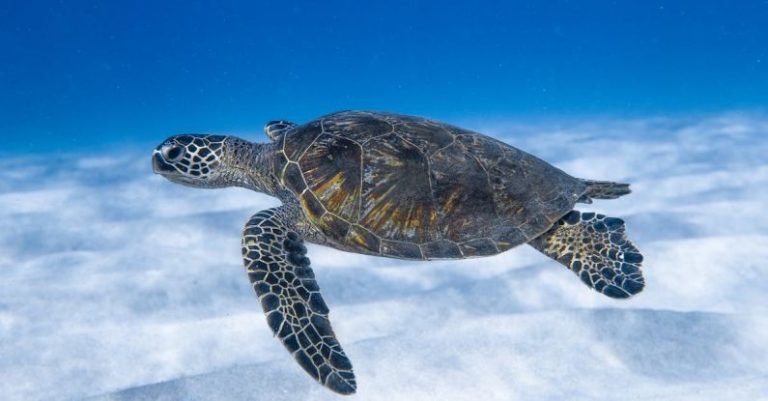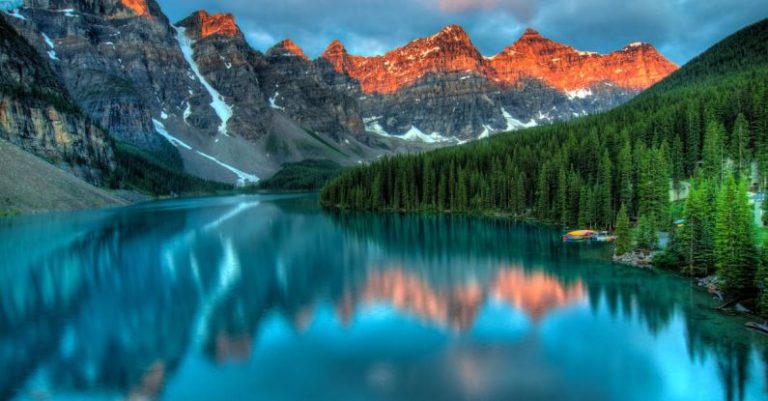
Capturing the beauty of Australian wildlife through photography is a rewarding and exciting experience for any nature enthusiast. From the iconic kangaroos and koalas to the diverse array of bird species and unique reptiles, the Australian landscape offers endless opportunities for stunning wildlife photography. Whether you are a beginner or a seasoned photographer, mastering the art of photographing Australian wildlife requires patience, practice, and a good understanding of your subjects. Here are some tips to help you capture the essence of Australia’s fascinating wildlife through your lens.
Choosing the Right Gear
When it comes to photographing Australian wildlife, having the right gear is essential. A good quality camera with a telephoto lens is crucial for capturing close-up shots of animals without disturbing them. A tripod can also be handy, especially for capturing sharp images in low light conditions or when using slower shutter speeds. Additionally, consider investing in a teleconverter to extend the reach of your lens and a camera bag to protect your equipment while out in the field.
Understanding Your Subjects
Before heading out to photograph Australian wildlife, take the time to learn about the behavior and habitat of the animals you wish to capture. Understanding your subjects will not only help you anticipate their movements but also enable you to respect their space and avoid causing them unnecessary stress. Researching the best times of day to spot certain species and familiarizing yourself with their natural habits will greatly increase your chances of getting that perfect shot.
Mastering Composition
Composition plays a crucial role in wildlife photography, as it can turn a simple snapshot into a captivating image. When photographing Australian wildlife, pay attention to the rule of thirds, leading lines, and negative space to create visually appealing and dynamic shots. Experiment with different angles and perspectives to add depth and interest to your photos, and don’t be afraid to get down to eye level with your subjects for a more intimate and engaging composition.
Utilizing Natural Light
Lighting is one of the most critical factors in wildlife photography, as it can make or break a shot. When photographing Australian wildlife, aim to shoot during the golden hours of sunrise and sunset when the light is soft and warm, casting a beautiful glow on your subjects. Avoid harsh midday sun, as it can create harsh shadows and overexposed highlights. If shooting in low light conditions, consider using a wide aperture and higher ISO to maintain a fast shutter speed and prevent motion blur.
Patience and Perseverance
Wildlife photography requires a great deal of patience and perseverance, as animals can be unpredictable and elusive. Be prepared to spend hours waiting for the perfect moment to capture that fleeting expression or behavior. Stay calm and attentive, and be ready to act quickly when the opportunity presents itself. Remember that wildlife photography is not about quantity but quality, so take your time to observe and connect with your subjects to create meaningful and impactful images.
Respecting the Environment
As a wildlife photographer, it is essential to prioritize the well-being of the animals and their natural habitat above getting the perfect shot. Practice ethical photography by maintaining a safe distance from your subjects, using a telephoto lens to avoid intruding on their space, and refraining from disturbing or feeding them for the sake of a photo. Respect any signs or regulations in protected areas, and always leave no trace to minimize your impact on the environment.
Embracing the Unexpected
In the world of wildlife photography, unexpected moments often lead to the most memorable and compelling shots. Be open to serendipitous encounters and spontaneous opportunities that may arise when least expected. Keep your camera ready at all times, stay alert and observant, and be prepared to adapt to changing conditions and situations. Embrace the beauty of the unpredictable and let your creativity flow as you capture the unique essence of Australian wildlife in all its glory.
In Conclusion
Photographing Australian wildlife is a captivating and enriching experience that allows you to connect with nature on a deeper level and showcase the incredible diversity of the country’s fauna. By choosing the right gear, understanding your subjects, mastering composition, utilizing natural light, practicing patience and perseverance, respecting the environment, and embracing the unexpected, you can elevate your wildlife photography skills and capture stunning images that tell a story and evoke emotion. So grab your camera, venture into the wild, and let the magic of Australian wildlife inspire your photography journey.





